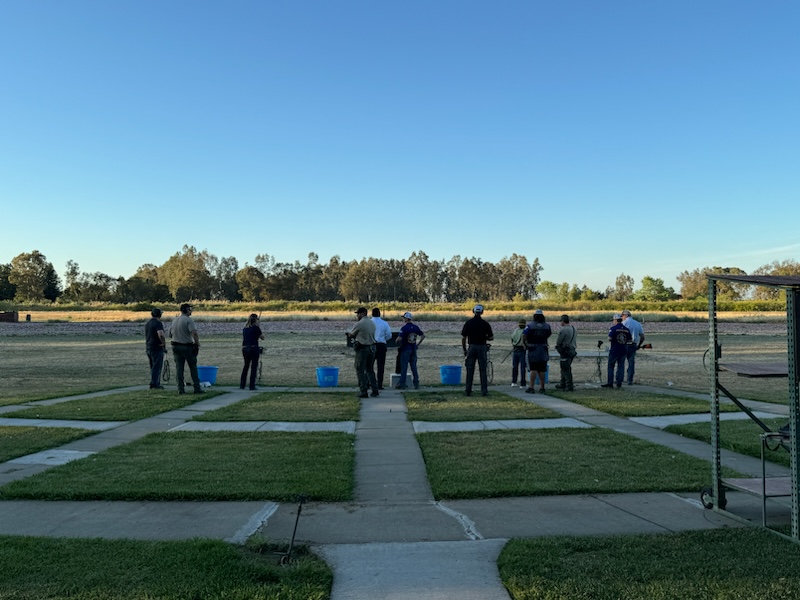Understanding Probability Calibration in Artificial Intelligence Models
The increasing reliance on artificial intelligence (AI) and machine learning (ML) across various industries has raised critical questions regarding the reliability of the predictions made by these models. A significant concern is that the probabilities or confidence values generated by AI models often do not accurately represent their true predictive accuracy. Instances have been observed where models exhibit overconfidence or underconfidence in their predictions, leading to potential misinterpretations of outcomes.
For instance, when a model indicates an 80% probability of a particular event occurring, it raises the question: is this model indeed accurate 80% of the time? Probability calibration metrics come into play as essential tools for assessing this discrepancy between a model’s confidence and its actual accuracy. These metrics provide a nuanced perspective that complements conventional accuracy assessments, allowing for a comprehensive evaluation of model performance.
The importance of probability calibration is particularly pronounced when the outputs from multiple AI systems are integrated, especially in safety-critical scenarios such as healthcare, autonomous driving, and financial services. In these contexts, accurate confidence measures are paramount to ensure trustworthy outcomes and to instill user confidence in the models’ capabilities.
A recently published review meticulously catalogs probability calibration metrics specifically designed for classifier and object detection models. This comprehensive study identifies a total of 82 distinct calibration metrics and organizes them into several categories to elucidate their interrelationships. The metrics can be grouped into four primary families for classifiers: point-based metrics, bin-based metrics, kernel or curve-based metrics, and cumulative metrics. Additionally, a separate classification is dedicated to metrics pertinent to object detection models.
For each of the identified metrics, the paper provides corresponding equations where available, significantly enhancing the ease with which future researchers can implement and compare these calibration techniques. This detailed review serves not only as a resource for practitioners in the field but also as a foundational reference for further academic exploration into the calibration of predictive models.
As AI and ML continue to evolve, understanding and applying these calibration metrics will be critical in advancing model accuracy, improving public trust, and ensuring the safety of AI applications. Proper calibration of predictive confidence levels will ultimately contribute to more robust decisions in critical business and societal contexts, underscoring the necessity of ongoing research in this vital area of AI evaluation.

